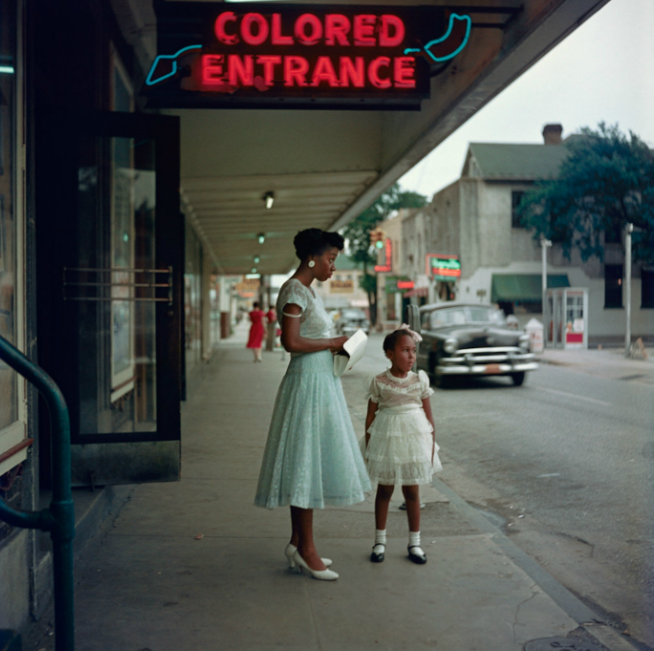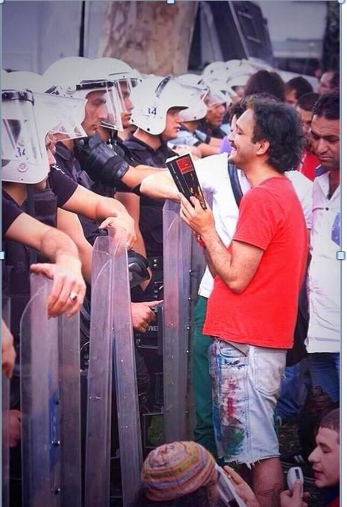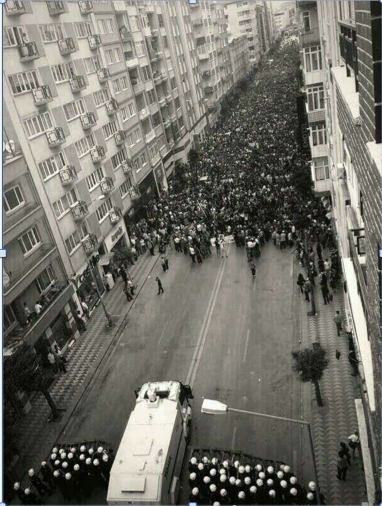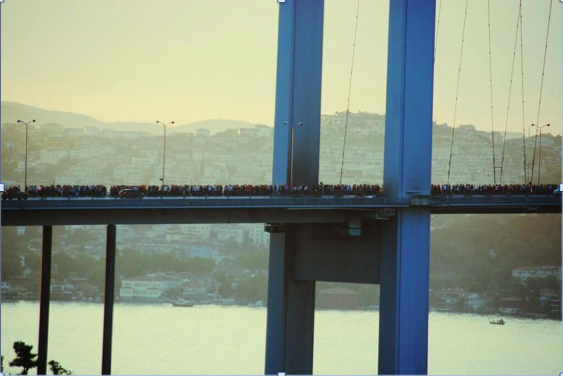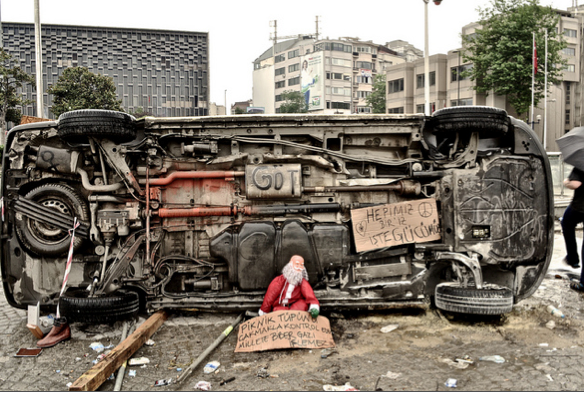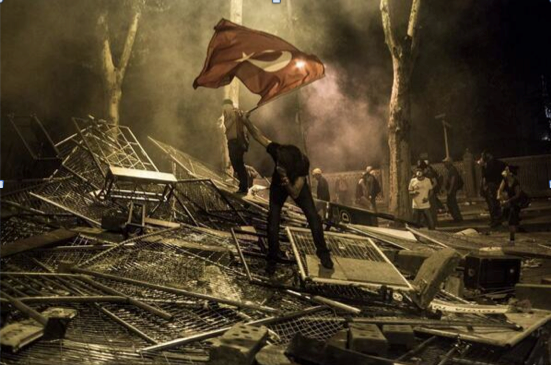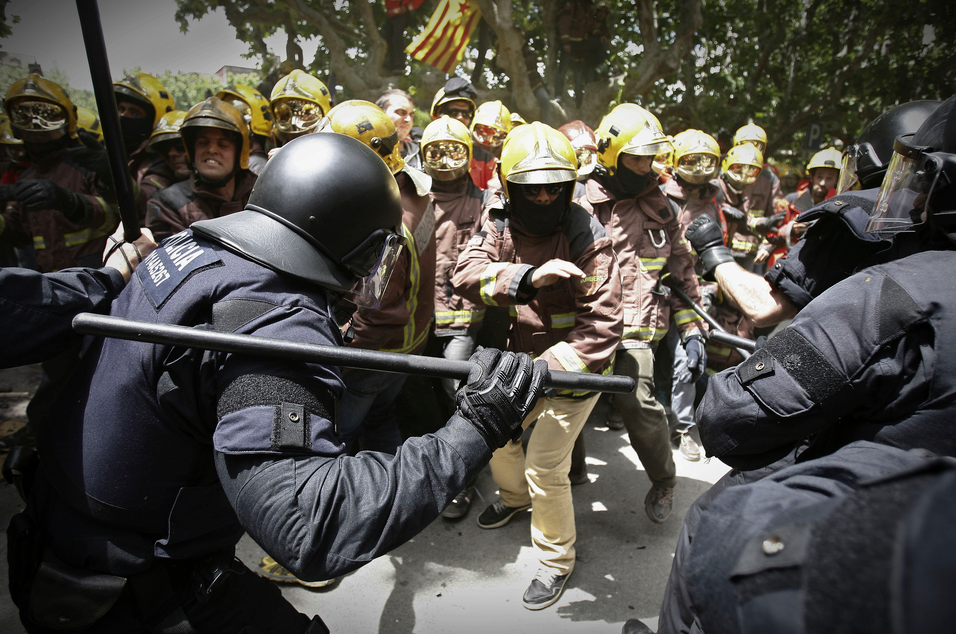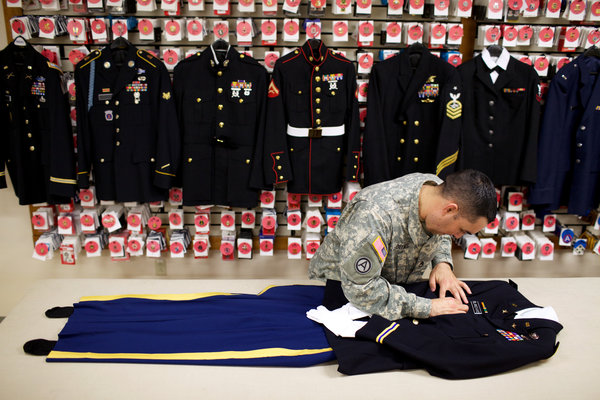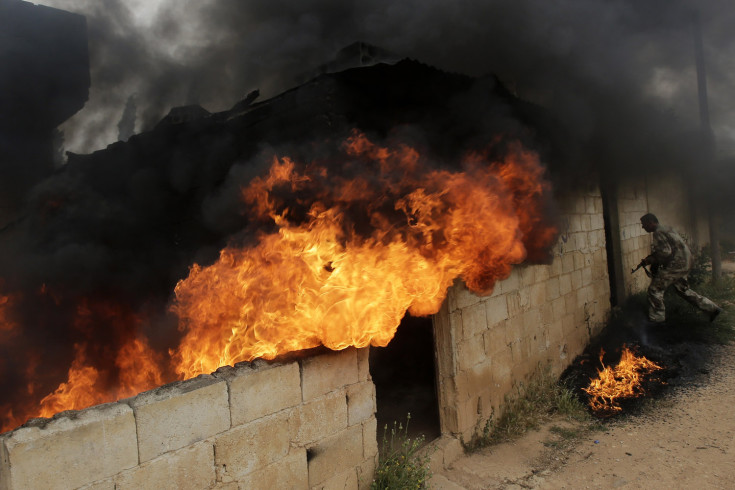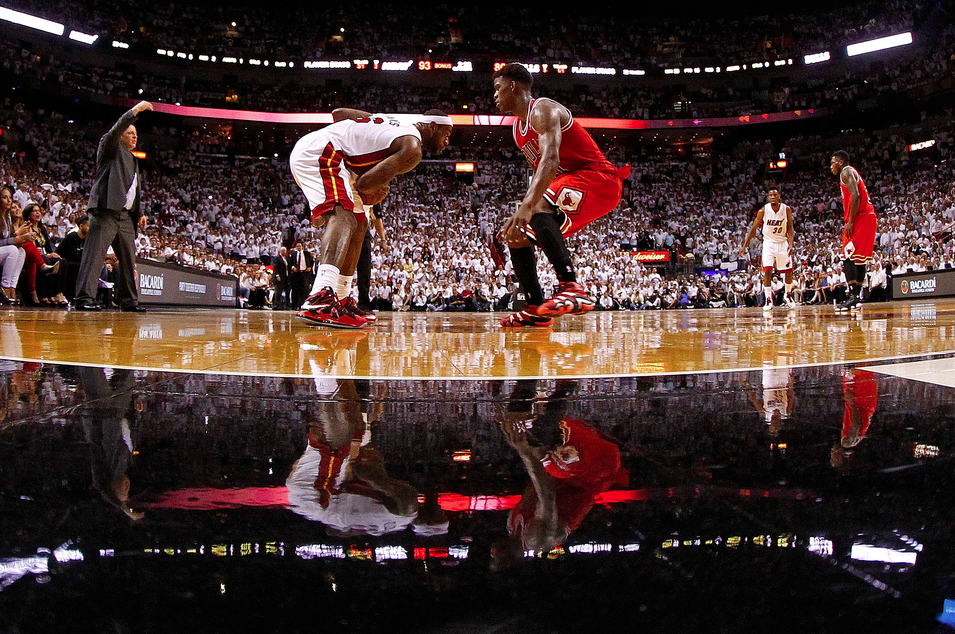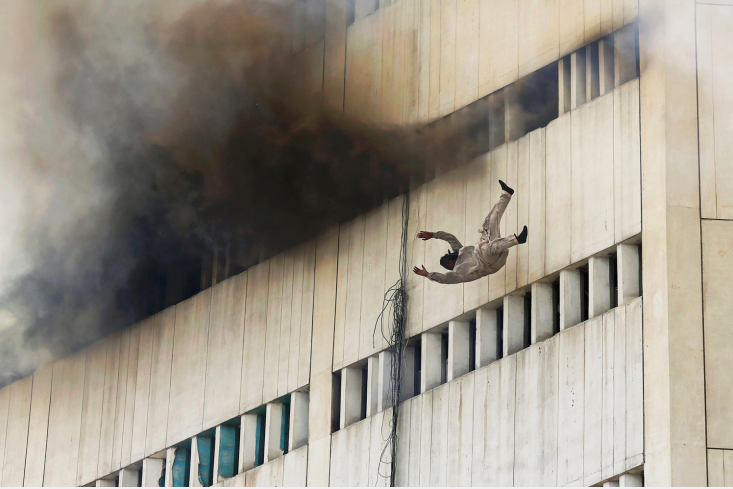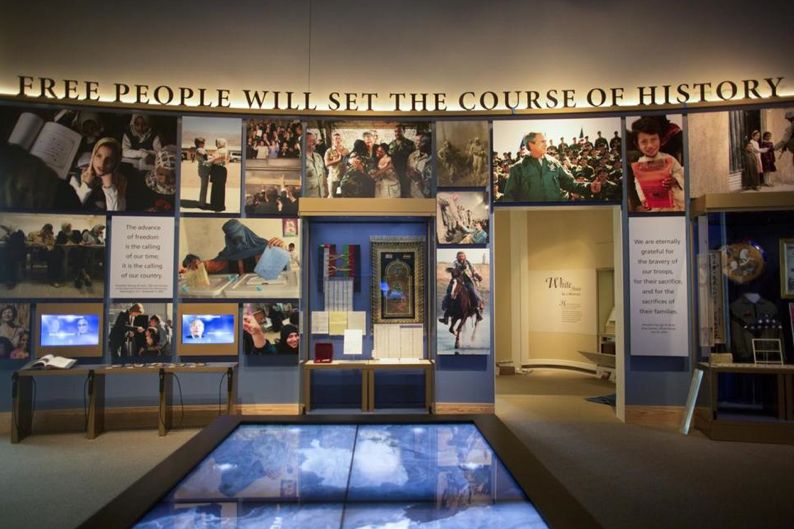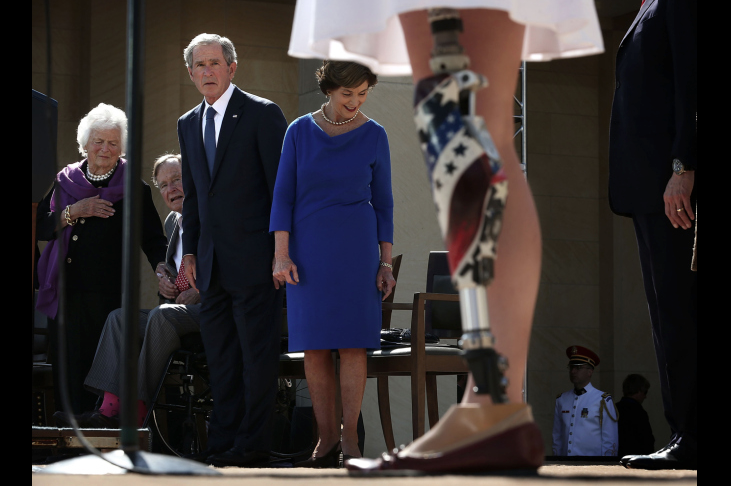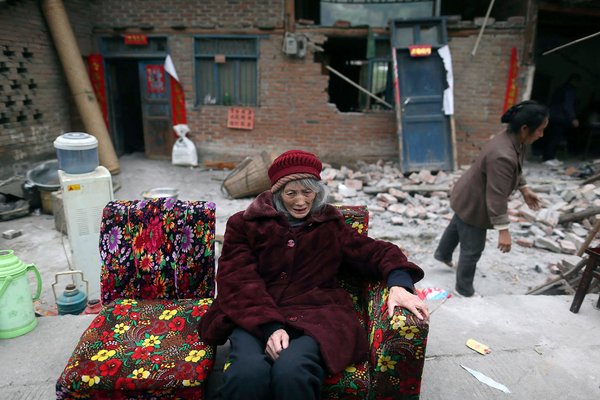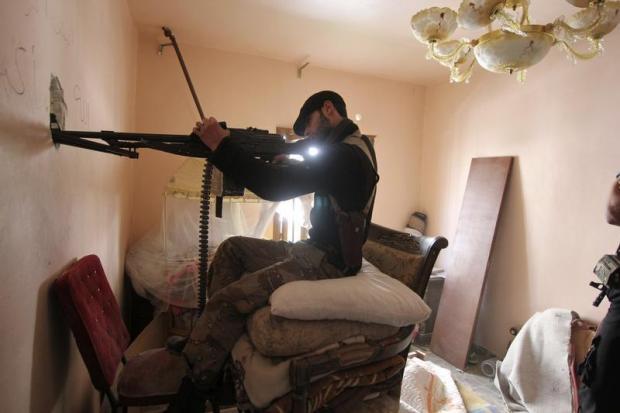The above photograph pictures a sluice of life in Mobile, Alabama in 1954. I don’t know who saw the photograph in 1954 or how they might have interpreted it, but it is hard to imagine that one would not have been affected by the ironic tension between the image of an elegantly dressed African-American woman and her niece, shot in “living color”—a rarity in 1954—and the neon sign to a movie house marking the “colored entrance” and designating a stark difference between black and white. However one might have received and engaged the photograph when it was first produced there can be no questioning the fact that the scene that it depicts serves as an aide-mémoire to a critical moment in the American experience to which we are all heirs, a collective past that we ignore or repress only at our national peril.
Of course, Jim Crow segregation was not only a southern phenomenon—I remember seeing “colored only” beaches at Asbury Park, New Jersey when I was growing up in the 1950s—but it certainly had a home in Dixie where it was aggressively defended in the name of “states rights.” And from this perspective the photograph is a vivid and eloquent reminder that there are times when “home rule” and a parochial localism need to be governed by a more capacious moral compass, not least when human and civil rights are at stake.
It is this last point that bears special attention today as the photograph was recently printed in the NYT along with the reprise of a series of similar images shot by Gordon Parks for an issue of Life magazine originally published in 1956. What makes it especially pertinent is that the Supreme Court is about to rule on a number of cases concerning the constitutionality of gay and lesbian marriages and legal unions. Many are arguing that such decisions should driven by local interests under the rationale of states rights. Of course, it was not so long ago that the cultural logic that warranted the “colored entrance” sign in the photograph above also proscribed interracial marriage as an unnatural act of miscegenation in many states. That changed in 1967 with the Courts decision in the case of Loving v. Virginia. One needs only to ponder the photograph above and the legacy that it gestures to, both past and present, in order to understand why the Court needs to guarantee the civil right of gay and lesbian couples to marry and join in legal union.
Photo Credit: Gordon Parks/Gordon Parks Foundation
